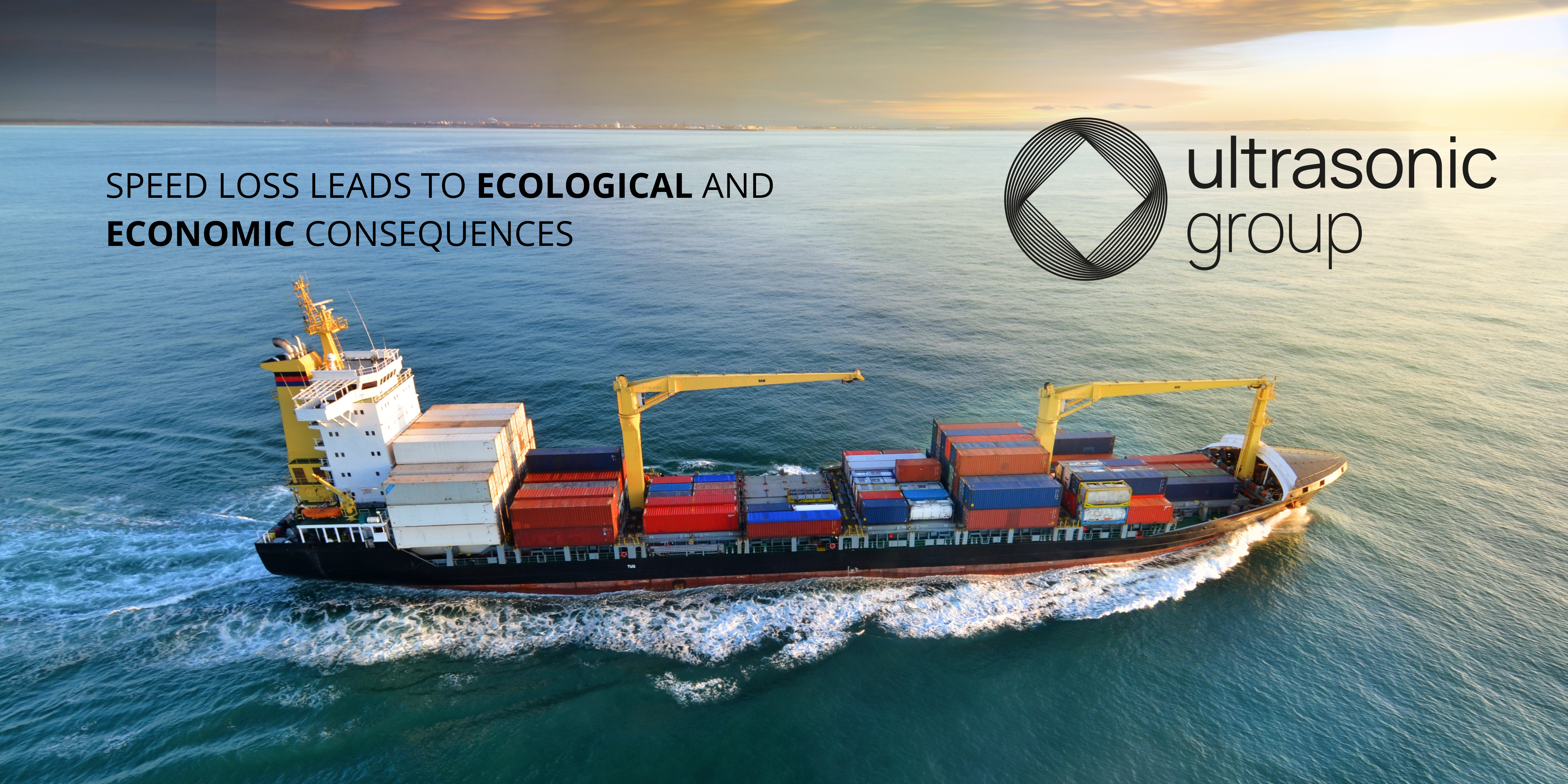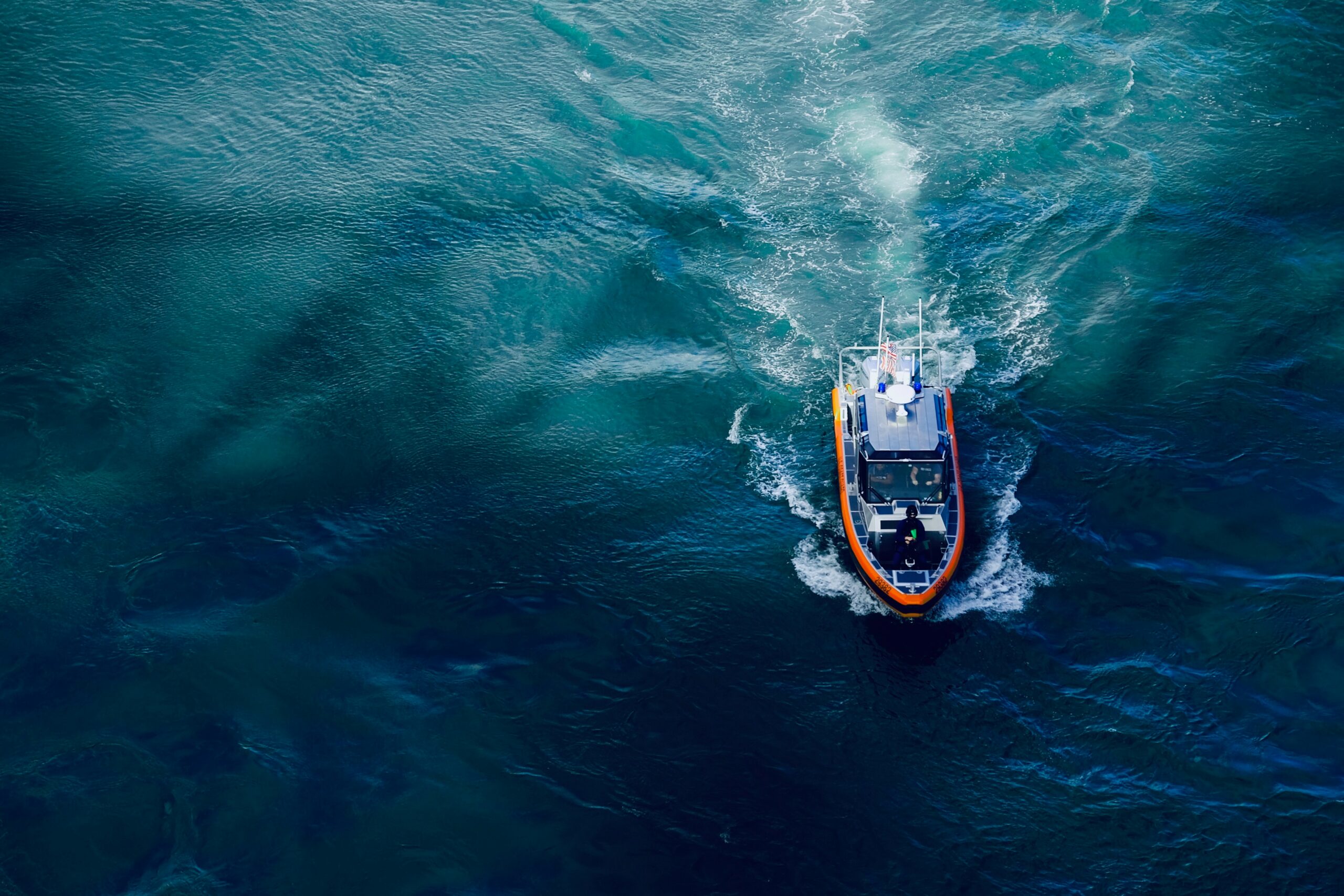Since shipping is responsible for about 90% of world trade, it is extremely important to ensure efficient shipping. In addition, maritime transport is one of the most polluting modes of transport, this leaves a huge impact on the environment. The more speed a ship loses, the more fuel and time it loses. But what are the causes of this speed loss?

The marine fouling of algae, shells and poxes contribute to huge ship consumption, a lot of dry dock costs and high maintenance costs to keep the hull and propeller free of this biofouling Increasing the resistance to the hull of a ship is also called frictional resistance.
This resistance creates a bulk effect, with fouling affecting the weight and buoyancy of installations. It will also require the ship to be placed on dry dock more quickly, and in the worst case, the antifouling will need to be replaced. Factors such as a hot climate and an increase in port congestion, contribute to the acceleration of biofouling.

A higher resistance, also means a higher power required to maintain sufficient speed. In some cases, as much as 10 tons of additional weight can hang on the hull, significantly increasing resistance. For example, frictional resistance can affect the fuel efficiency of a ship by 40%. For example, a ship with 10% fouling needs up to 36% more shaft power to maintain the same speed. In addition, fuel costs can add up to 50%-60% of the vessel’s total operating costs. Also, increased fuel consumption immediately means an increase in greenhouse gas emissions, resulting in a harmful effect on the environment.
In addition, biofouling brings other consequences to the shipping industry. It can also bring invasive aquatic species from all over the world, putting local ecosystems at risk. This proliferation is seen as one of the greatest threats to the ecological and economic well-being of the planet.
Sources